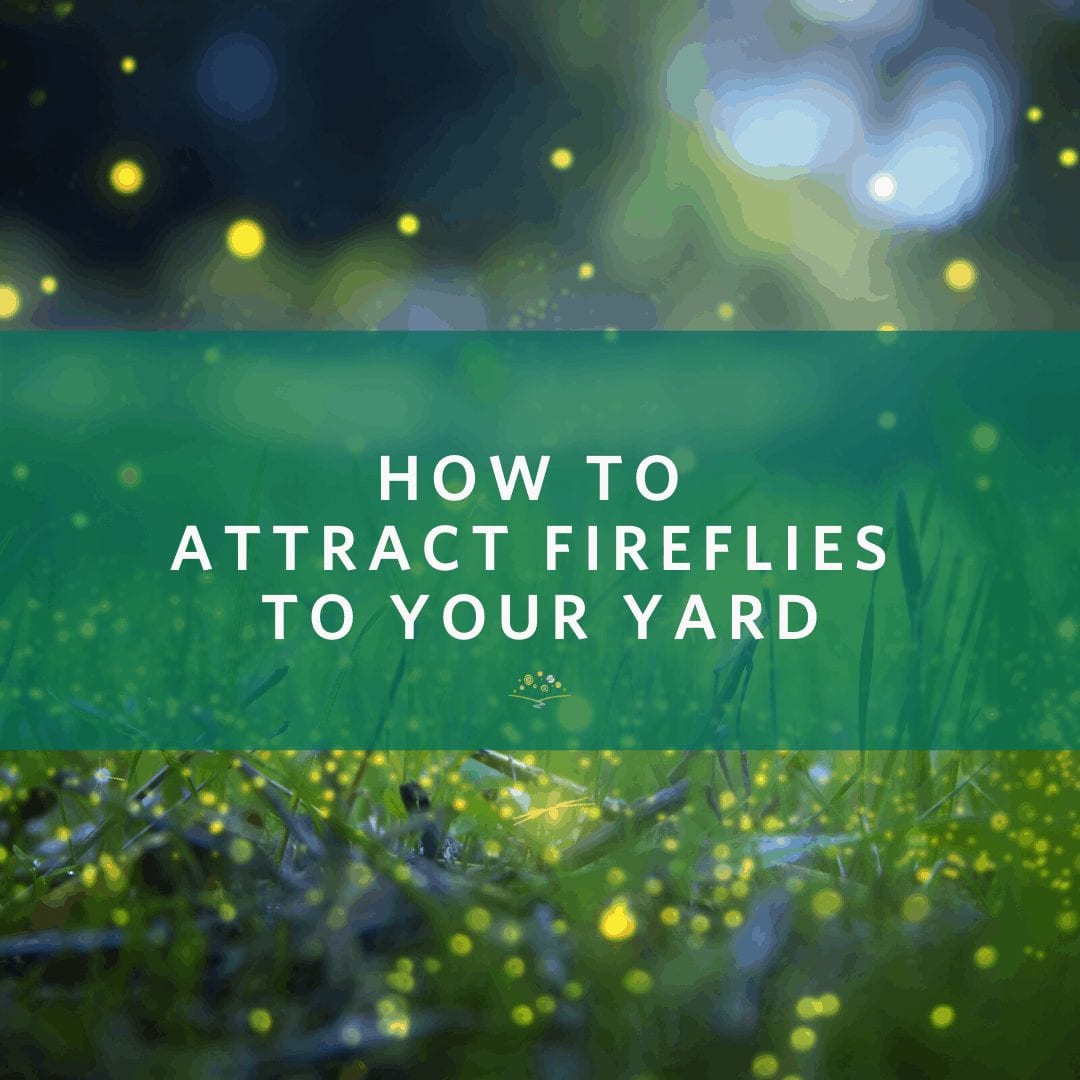
Much like our little bee friends, the fireflies’ (or lightning bugs – tomato, tomato) population has been on the decline. Between habitat loss, light pollution, and increase use of pesticides these little bugs are slowly diminishing.
Firefly Watch, a citizen science project (yes, totally a thing!) is a community effort to simply observe firefly activity at least 10 minutes once a week in the same location – like your backyard. Tracking and studying these bugs’ activities (or non-activity) helps to understand more of their geographic locations and what environmental factors help or hurt them. Anyone in North America can join the project, and you can see a training video from Mass Audubon, organizers of the study, below.
If you want to run around your backyard at night with a jar to catch these little beauties, or at least watch your kids and grandkids do the same, here are a few ideas on how to keep the population up in your yard.
TALL GRASS
As much as we love manicured yards (maybe not the work part of it), fireflies like the high grass and shrubs even more. Consider leaving the perimeter of your yard in a more natural state or even planting a taller, ornamental grass.
LIGHTS ON LOW
The adult firefly glows for more than just our entertainment. They glow to keep predators away and to attract a mate (kinda makes our highschool bottles of Drakar and Happy look kind of lame.) Since adult fireflies only live long enough to mate (3-4 weeks), and artificial lights can outshine their mating devices, turn off or drastically dim as many outdoor lights as you can to help starstruck lovers find each other more easily. Who doesn’t want to help make a Love Connection?
WATER SOURCE
Standing water and marshy areas are breeding grounds for mosquitos and fireflies. Gratefully, fireflies also love smaller areas of standing water such as puddles. Simply adding small bits of water, like birdbaths, water fountains, or a pond in your yard can be helpful to the little guy’s mating season.
PINE TREES
Whatever your geographical area, there is likely a predominant pine tree that is native to the area. These are especially helpful to the fireflies as they provide the perfect canopies to block out artificial lights (ruins the mood during mating season) and the fallen needles create a nursery for the larvae under the trees. Next time you’re adding a tree, consider a pine.
WOOD PILE
Log piles can be an incubator for some species of firefly larvae. That stack of wood that you pile up in the summer can quickly become a buffet for the little ones. It’s full of feasting options such as slugs, worms, and snails. So when you enlist the kids to stack wood, remind them that they are also creating a home for fireflies.
FOOD SOURCE
Some fireflies tend to have a similar food palate as bees – pollen and nectar. Continuing to maintain and add blooming plants to your yard will also help give nature’s flying flashlights nutrients to be fruitful and multiply.
After you set up a few of these ideas and find that you only attract a few fireflies, don’t be discouraged as it may take some time for them to settle into your space. Find comfort in knowing that you are creating quite the natural respite for the fireflies as well as other nature lovers like birds and bees.
Swing by the greenhouse and let us know any other tips you may have for attracting more of these twinkling bugs!
To hear more about how to attract wildlife to your yard or to hear what is happening at our Emerald City, please sign up to join our newsletter.



